Botanical Booze Foraging
“Tis a well known fact that most men are born two drinks below par.” – Compton MacKenzie, Whisky Galore
In recognition of this universal (if unfairly gendered) truth, humans have enjoyed alcoholic stimulation from wild plants for very nearly as long as they have been eating them. Ever since our distant ancestors recognised the uplifting effects of over-ripe fruit (and decided they outweighed the depressing effects), much of humankind has been caught in a love affair with alcohol that has reached a startling level of complexity.
A dizzying array of plants are nurtured, coaxed, gathered, fermented, brewed, distilled, balanced, infused, aged, aromatised, bottled, muddled, mixed, sipped, slurped and guzzled throughout the world. Nearly every culture has its distinctive tipple, evolved from the landscape and fauna of its homeland. Admittedly not all cultures share the same obsession with alcoholic beverages as Scotland. Maybe their populations were born above par…?
Its no surprise that the most visited recipe page on this website is for elderflower champagne or that one of the few wild preparations never to go out of fashion in the UK is sloe gin. People who grimace at the mention of wild fungi and would never dream of “eating weeds” will very happily tell you the intricacies of their sloe gin recipe, and jealously guard their favourite harvesting spots. Its interesting that non-foragers often treasure this process without recognising that all foraging can bring similar pleasures of intimacy with the land and its flavours. They’ll learn…
In the same way as food lovers are rediscovering their wild larder, drink aficionados are reconnecting with natural, foraged sources of alcoholic refreshment – and exploring some exciting new ideas too. An ever-increasing part of my work is now with drinks producers looking to connect with exciting wild botanicals. Check out this wee video to see what we got up to waaay back before everyone was at it…
The world of foraged mixology opens up so many exciting possibilities for the keen forager-gastronome. In particular, the balancing of sweet, sour and bitter flavours that makes a good cocktail. New flavour avenues opened up, and plants that may have been previously written off as “interesting, but too bitter” suddenly have new possibilities.
Take bog myrtle (myrica gale, aka sweet gale). It has sublime aromatics, fresh, deep and resinous – like rosemary on steroids. But in most cooking experiments i’ve tried, the bitter flavour can easily ruin the finished product. But in wild cocktails, that very bitterness is part of the attraction. Think of a classic martini: gin (a complex blend of bitter and aromatic flavours in its own right) mixed with vermouth – an aromatised wine made by balancing sweet and bitter flavours. Bring foraged mixology to this equation and the possibilities are thrilling and limitless.
Aromatising wine with herbs and fruit is a centuries old European tradition with its roots in medicine when bitter plants such as wormwood and tansy were used to purge the gut of intestinal worms. “A spoonful of sugar helps the medicine go down”, and I rather think an off-duty Mary Poppins might have used a bit of alcohol too. The worms aren’t such an issue nowadays, but the principle has stuck – and evolved into some fantastic drinks.
Back before everyone was making premium foraged gin, I was invited over to Islay to work with the team behind The Botanist Gin. Islay is world renowned for its malt whisky distilling but Bruichladdich, the ever-progressive stars of its whisky scene, have got seriously intimate with the terroir of their beautiful island and make a gin using 22 foraged island botanical ingredients as well as some core ingredients from further afield.
Bruchladdich have an on-site academy where people from around the world come to learn about artisanal whisky and gin distilling, and the connections it makes between history, people, the landscape and its flora. My work with them (and others) has been to tune their already knowledgeable, and deeply passionate team more deeply into the plants in their gin, explore connections between the island’s human history and its wild plants, and help innovate some new approaches to foraged mixology.
You can read my extensive writings for The Botanist website around drink-focussed foraging here.
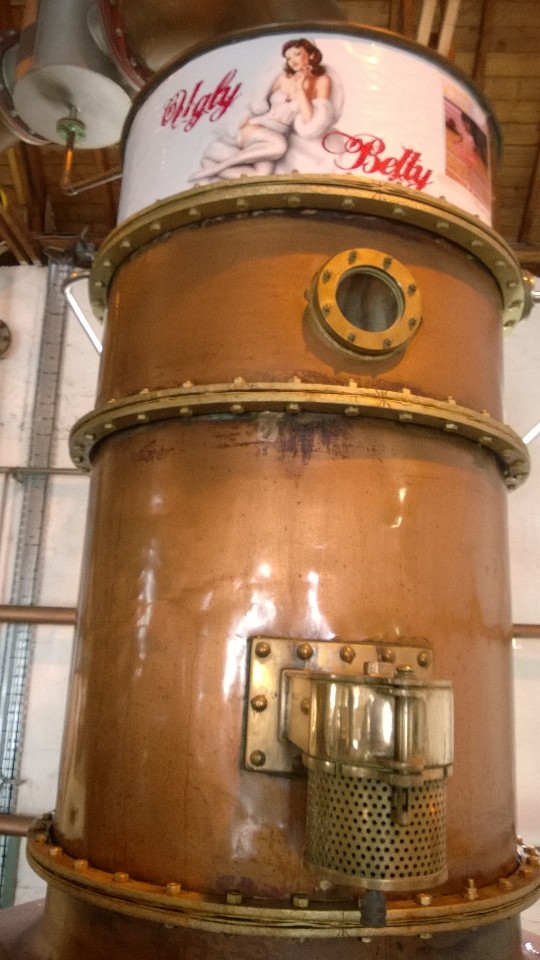
The still used for The Botanist lacks the elegance of the whisky stills and is affectionately known as “Ugly Betty”. Core ingredients are distilled in the main chamber while delicate foraged botanicals are infused in a specially made casket above the main chamber (top left)
I now work regularly with The Botanist team and bartender’s from around the world, exploring remarkable plants in beautiful places, and eating many of them with Islay barley, fish and game. Some we take back to the distillery to experiment with.

Danny Whelan of Hawthorn Drinks meets his first wild juniper on Islay cliffs. Being quite rare and very slow growing, only a token quantity of Islay juniper is used in The Botanist. The distillery is actively working with conservation groups to support the reintroduction of wild prostrate juniper on the island.
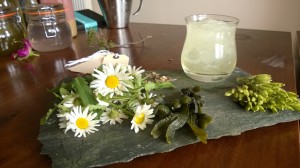
After tasting it, we could only call this cocktail “Islay Spring” – unbelievably vibrant and fresh, with crisp, yet lingering aromatics. See link for recipe.
My time on Islay is always memorable for many reasons. Rugged wildness; passionate yet friendly people; remarkable plants; amazing flavours, with Bruichladdich as the hub: an interdependency of farmers, foragers, artisans, workers, landscape, hostelries and much more. A complex, yet flourishing ecosystem.
The Botanist website is developing a great foraged mixology resource where you can share your discoveries and get inspired. In the mean time, see below for a couple of ideas, one super simple, one the complex outcome of our efforts on Islay.
Cheers!
Wild cocktail recipes:
- Sweet Cicely’s Ruin
- Islay Spring (including how to make your own aromatised wine)
- Wild Whisky Sour
- Check out the foraging events calendar for details of my botanical booze forays/workshops
- Watch my Instagram feed for regular ideas and inspiration for seasonal foraged cocktails

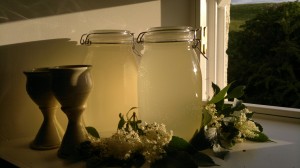
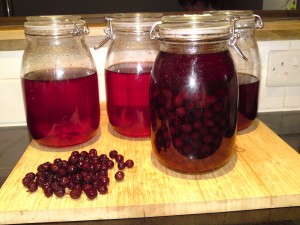
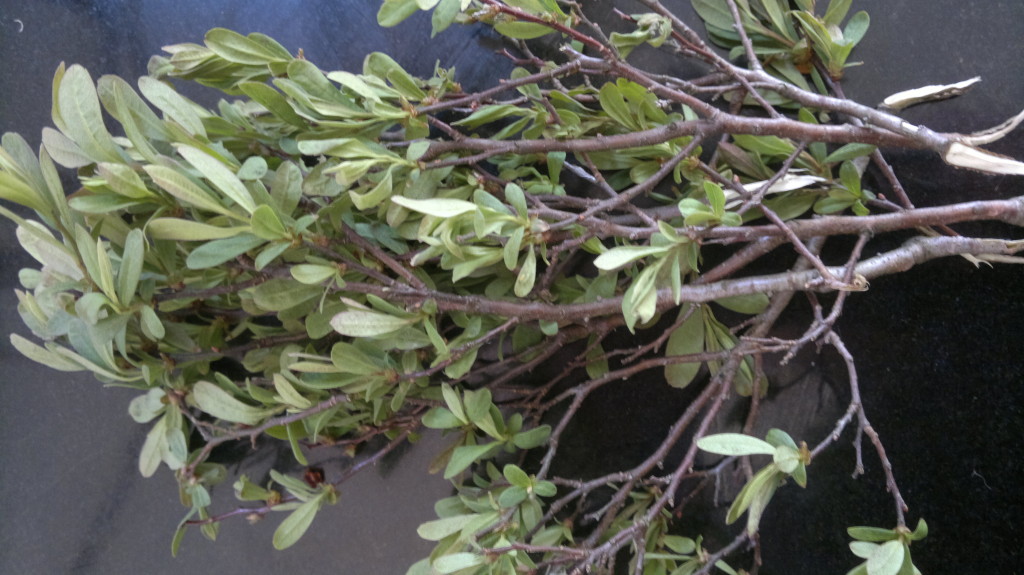
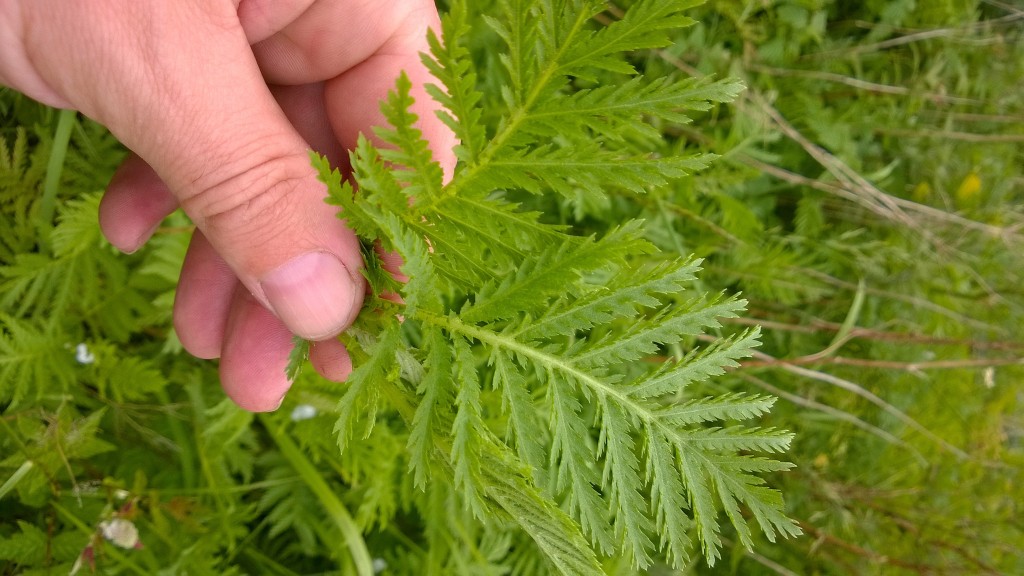

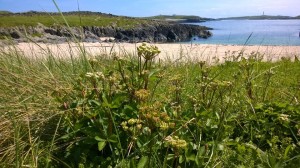
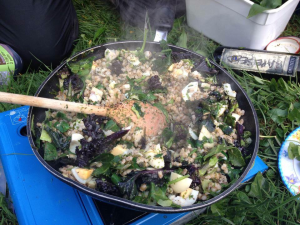

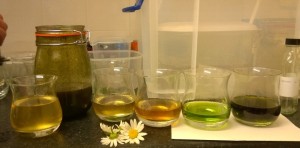
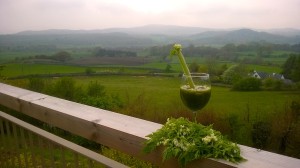
2 Comments
Hi there,
Just wondering if you are doing any drink related foraging trips in 2017? If so do you have spaces?
Thanks
Alan
Hi Alan,
Yes, i’ll certainly be doing some dedicated booze foraging events. All of my foraging walks include some elements of booze foraging. Please keep an eye on my events calendar and social media as I will be scheduling spring/summer events over the next few weeks.
Cheers
Mark.